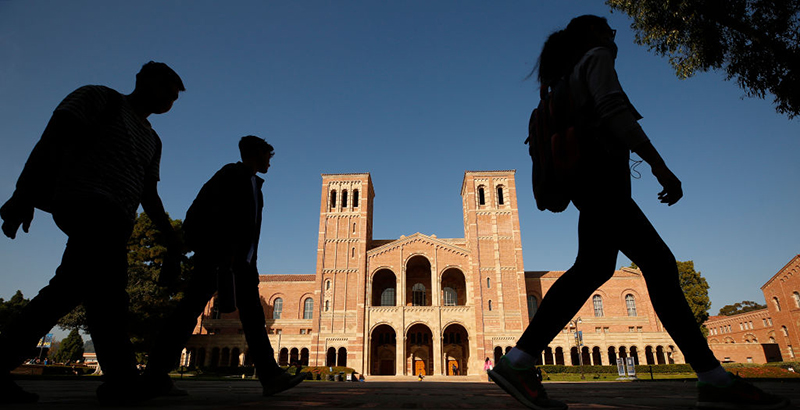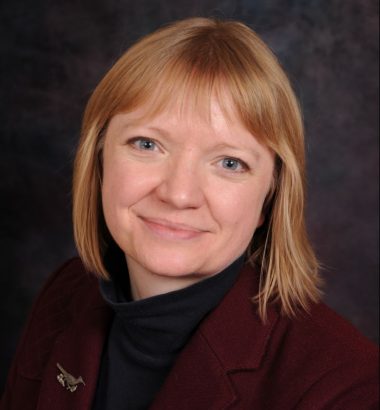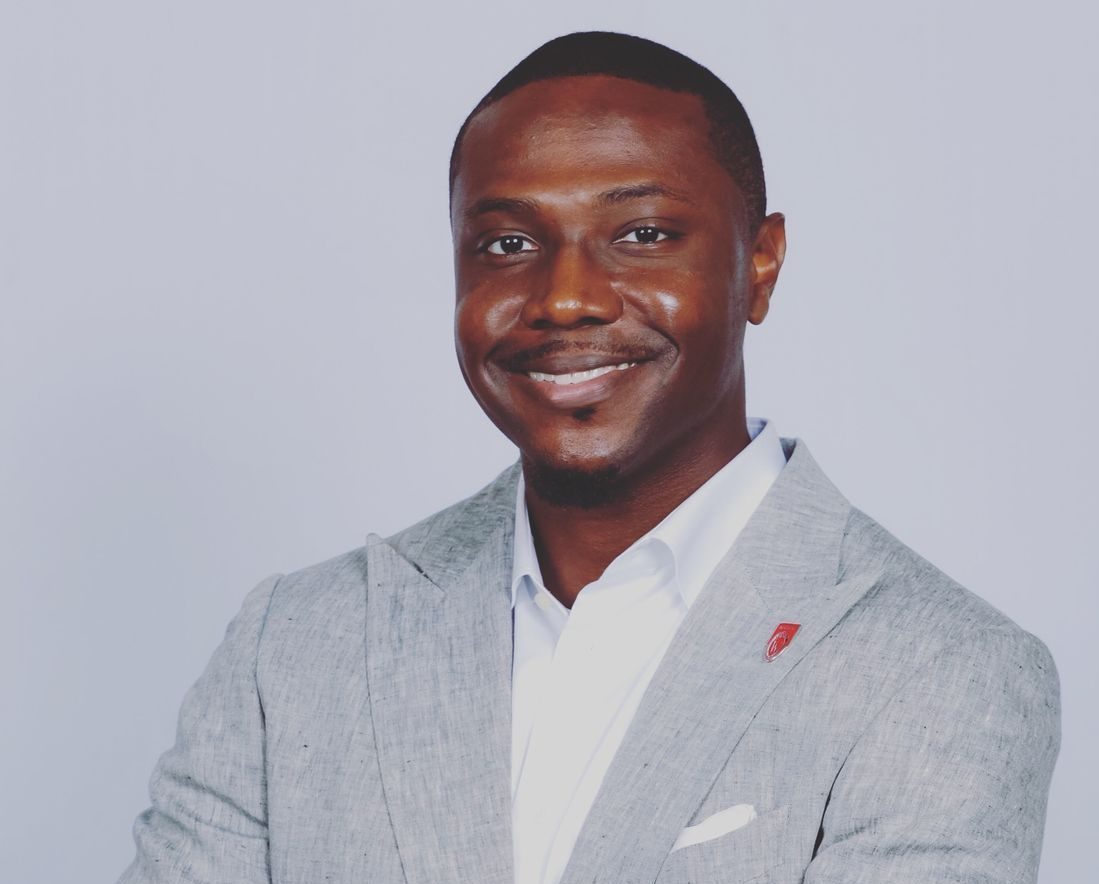Over 1 Million HS Grads Skipped College in 2020. Only a Tiny Fraction Re-Enrolled in 2021

Get stories like these delivered straight to your inbox. Sign up for The 74 Newsletter
The first summer of the pandemic brought disappointing news to school counselor Marianne Matt.
Many of the seniors who she had supported through the spring college admission process at Capital High in Madison, Wisconsin — where about three-quarters of students are Black or Hispanic, and 4 in 5 qualify for free or reduced-price lunch — opted to abandon their post-secondary plans for fall. Even students who had won scholarships, she learned, decided not to enroll.
“Survival became the key,” Matt told The 74, explaining that, instead of college, many students picked up jobs to help their families make ends meet. “They became … the breadwinning part of the family.”

When the fall of 2021 rolled around, very few of those students were ready to return to their studies. One was working as a security guard, others were in fast food, another disclosed to the Wisconsin counselor that his mental health had taken a downturn during quarantine and that he couldn’t consider moving away from his family for college.
The pandemic, Matt said, “threw a wrench” into many students’ higher education plans.
Similar trends have played out for countless students across the country, new data reveal: More than a year after a surge of 2020 high school graduates chose to scrap or postpone their college plans, only a tiny fraction have now re-enrolled to pursue higher education.
Just 2 percent of students who opted to take time off after completing high school in 2020 matriculated a year later in 2021, meaning the vast majority did not take short-term “gap years,” but rather have put college plans on an extended pause — or nixed them altogether.
Nearly 1 million 2020 grads in the dataset, which comes from the National Student Clearinghouse, did not immediately enroll in college the following fall. Because the Clearinghouse tracks roughly half of the nation’s high school seniors, the true population-wide number may be closer to 2 million.
Those are worrisome statistics for experts who say the further that high school graduates delay post-secondary education, the more difficult their transition back to school becomes.
“In normal times, we know that the longer students stay out of school, the harder it is for them to come back and restart,” said Doug Shapiro, executive director of the Clearinghouse’s research center.
The nation’s first high school class to graduate amid the pandemic saw a considerable dip in college-going, with only 39 percent immediately enrolling in higher education compared to 43 and 42 percent of the 2018 and 2019 classes, respectively.
Because of the increased pool of students who did not go straight to college, observers had hoped to see a bump in what they call “gap year enrollment,” or the share of students who matriculate a year later. But the 2 percent return rate is slightly lower than previous years.
“There was a great expectation that this was a temporary blip due to the pandemic,” Shapiro told The 74. “Yet, here we are a year later … and hardly any of those students who stayed out last year have come back.”
There were steeper drop-offs in the share of graduates taking time off rather than enrolling in college in high-poverty schools attended mostly by students of color compared to predominantly white and affluent schools — and the numbers did not self-correct a year later.
Those disparities are yet another example, said Mauriell Amechi, a policy analyst with New America, of how COVID-19 has had a disproportionate impact on those who were already most vulnerable.
“The COVID-19 pandemic has and will continue to exacerbate some long-standing inequities facing historically underserved and marginalized populations in the American education system,” Amechi told The 74.

If decreased shares of students of color are able to access college amid the pandemic, he said, that’s a racial equity issue with consequences that will reverberate for decades.
“Students that delay enrollment are less likely to pursue a college education,” he said. “We can’t allow this issue to go unaddressed because it would only contribute to growing disparities in the American workforce.”
Back in Madison, there’s some optimistic news from Capital High, albeit anecdotal. Recently, Matt has been hearing from 2020 graduates who are now ready to return to their studies. Multiple students have reached out asking for transcripts and letters of recommendation.
“Any student who had been college bound, I don’t think that they gave up on the dream completely,” she said.
Matt — who was named 2021 Wisconsin School Counselor of the Year — distributes her contact information to graduating seniors, knowing that many don’t have parents who are familiar with the college process. She works with about 200 students at a time, comfortably within the 250-student maximum recommended by the American School Counselors Association, meaning she has the bandwidth to provide some extra help, even post-graduation.
Nationwide, however, high school counselors work with an average of 311 students, and only 1 in 5 high schoolers attend a school sufficiently staffed with counselors. In such cases, many graduates seeking to finally enroll in college after multiple years off may have to navigate the path on their own.
Even for Matt’s students, she worries the extended time away from academics could make for a rough re-entry process.
“If you’re not practicing math everyday you start losing those skills,” she explained.
Given that, colleges and universities should make plans to help students re-adjust to school and studying, she said.
It’s an idea that Shapiro, at the Clearinghouse, echoes.
“If these students are to come back next year or two years further down the road,” he said, “they’re going to need more attention, more help, to make that transition.”
Get stories like these delivered straight to your inbox. Sign up for The 74 Newsletter

;)
